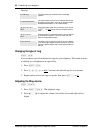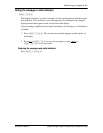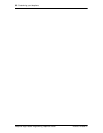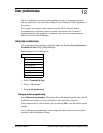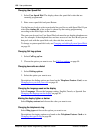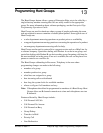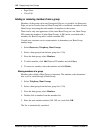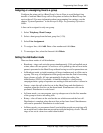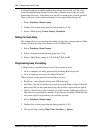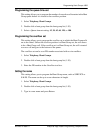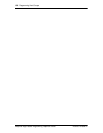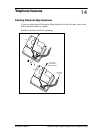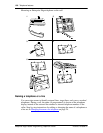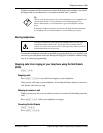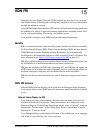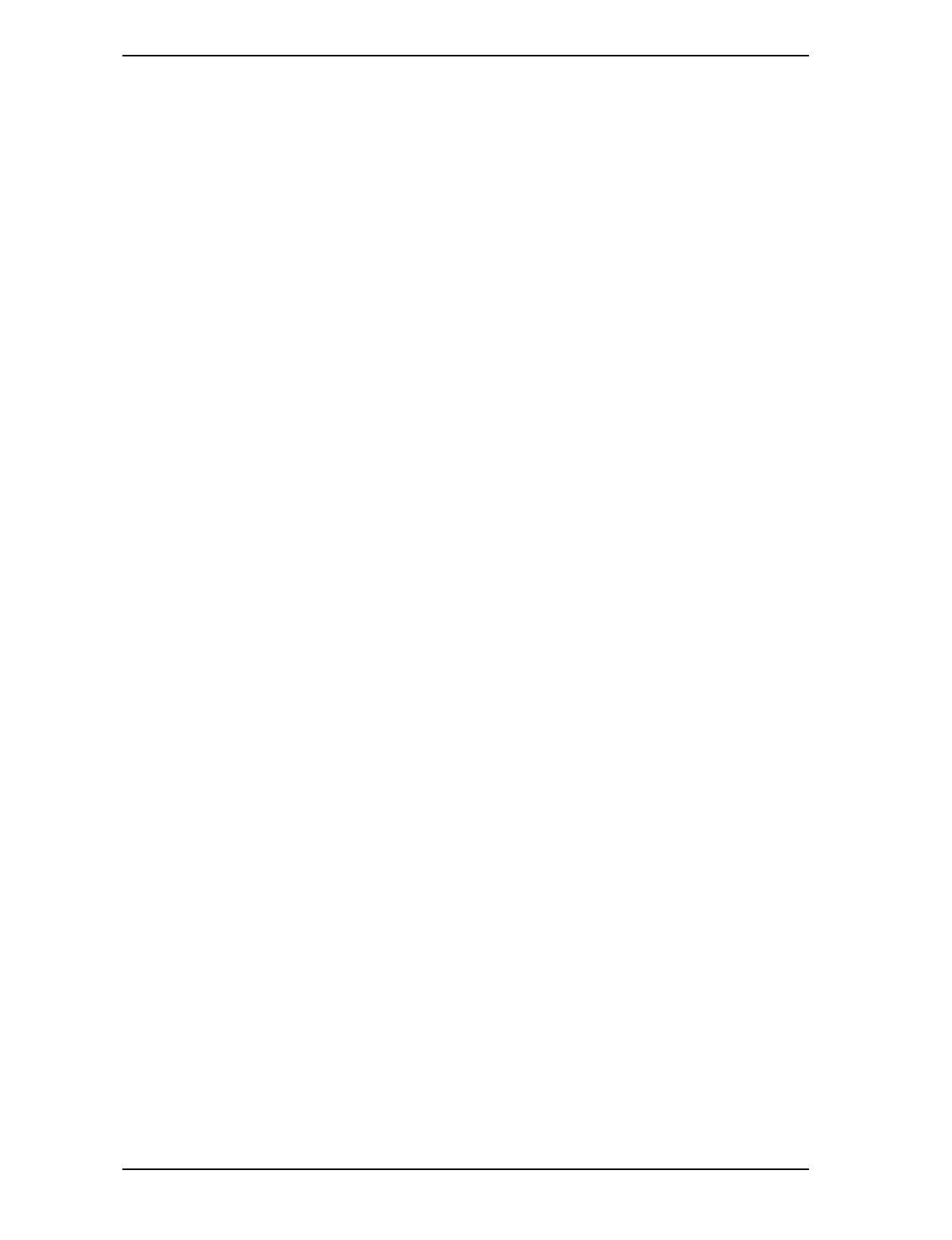
104 Programming Hunt Groups
Enterprise Edge Feature Programming Telephone Guide P0908510 Issue 01
If a Hunt Group has available members but nobody answers the call, the call is
routed through the Hunt Group list until either someone answers the call or the
queue time-out occurs. In the latter case, the call is routed to the overflow position.
Once a call goes to the overflow position it is no longer a Hunt Group call.
1. Select Telephony, Hunt Groups.
2. Double-click a hunt group from the hunt group list (1-30).
3. Select a Mode setting: Linear, Rotary, Broadcast.
Setting the hunt delay
This setting allows you to program the number of rings the system permits at a Hunt
Group set before moving on to the next set in the Hunt Group.
1. Select Telephony, Hunt Groups.
2. Select a hunt group from the hunt group list (1-30).
3. Select a Hunt Delay setting: 1, 2, 3, 4, 5, 6, 7, 8, 9, or 10.
Programming busy line setting
A Hunt Group is considered busy if one of two scenarios exists:
• all of its members are being presented an incoming Hunt Group call
• all of its members are active on a Hunt Group call
There are three routing options if all members are busy:
• BusyTone—the caller gets a busy tone (PRI lines only)
• Overflow—the call is routed to an overflow position. If the overflow DN is the
hunt group DN for that same hunt group, the overflow option will not appear.
• Queue—the call stays in the system for a period of time. Within this period of
time, the call is presented to a member if one becomes available. When the time-
out occurs, the call is presented to an overflow position.
1. Select Telephony, Hunt Groups.
2. Double-click a hunt group from the hunt group list (1-30).
3. Choose an If busy setting: Busy Tone, Overflow, or Queue.



